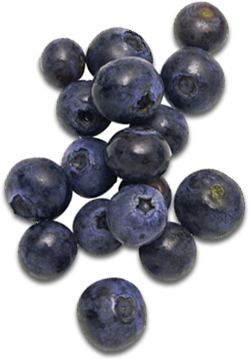no items to display
The next time you snack on hummus or slather apple slices with almond butter, you might be doing more than just satisfying your hunger. You could also be reducing your risk of developing diabetes. How’s that? A long-term, large-scale study published in the British Journal of Nutrition earlier this year found that plant protein is more effective at preventing type 2 diabetes than protein from animal sources.[1],[2]
Researchers from the University of Eastern Finland followed over 2,000 middle-aged and elderly men for 19 years. They found the men who ate the most plant protein had a whopping 35 percent lower risk of developing type 2 diabetes over the course of the study than those who ate the least.
Even better news from this study: you don’t need that much plant protein to have an impact. The researchers estimated that replacing just five grams of meat per day with plant protein could decrease your risk of developing diabetes by 18 percent!
How much protein is five grams? Half a cup of chickpeas, an eighth of a block of tofu, a quarter cup of edamame, an eighth of a package of tempeh, and 20 almonds all have five grams of protein or more.[3]
If you want to get more plant protein into your diet, soy is a good place to start. Tofu is versatile and perfect for stir-fries because it soaks up the taste of the sauce you use to cook it.
Here’s a stir-fry recipe with tofu, bok choy, carrots, and snow peas in a gingery sauce.
Personally, I prefer tempeh (a fermented soy product) to tofu, because it has a more complex flavor and a denser texture. Like all fermented foods, tempeh has digestive and other benefits. Crumbled, it makes a good substitute for ground beef.
Swapping beans for meat in chili or burritos is another simple way to eat more plant protein. Another option: yummy black bean burgers!
Chickpeas are a good addition to soups and salads, but if you want to take your chickpea game to the next level, try roasting them. The result is a crispy, savory treat!
I’m also fond of edamame, which are whole green soybeans still in the pod. They are delicious steamed and lightly salted, and they’re often a hit with children.
And don’t forget nuts and seeds. A handful of almonds makes a good mid-afternoon snack. Or try sprinkling sesame seeds on your next stir-fry, walnuts or pumpkin seeds in your oatmeal, pistachios on a spinach-strawberry salad, and sunflower seeds on top of a casserole.
What’s your favorite plant-based protein? Share in the comments below!
References
[1] Gore-Langton L. Plant protein may prove a more effective diabetic defense: Study. Nutraingredients. 2017 Apr 24. http://www.nutraingredients.com/content/view/print/1397110
[2] Virtanen HE, et al. Intake of different dietary proteins and risk of type 2 diabetes in men: the Kuopio Ischaemic Heart Disease Risk Factor Study. Br J Nutr. 2017 Mar; 117(6):882-93.
[3] 6 meatless ways to get give grams of protein. Pop Sugar. April 29, 2009. https://www.popsugar.com/fitness/6-Meatless-Ways-Get-Five-Grams-Protein-3081060






